Introduction
Public safety, utilities, public transportation, and industrial production have unique requirements for the functionality and reliability of their communication services. This white paper will assist the management decision process in choosing between private digital professional mobile radio (pmr) networks and public mobile networks. The digital pmr technologies discussed in this white paper are trunked radio and conventional technologies. From a structural point of view, private and public networks seem to be similar. However, fundamental differences are seen when considering the unique requirements of mission or business critical applications, like public safety, utilities, public transportation, and industrial production supervision.
General Differences between Public and Private Mobile Networks
Public Mobile Network Operators (MNO) drive their business under competitive conditions with licenses granted by National Regulatory Authorities (NRA), furnished with a certain amount of spectrum allocated for 20 years on average and purchased at high-priced auctions. Usually, there is more than one public mobile network in a country. The license conditions require the MNOs to deploy their networks within a given period of time to cover a pre-defined percentage of the national population. In the beginning, the goal of the MNOs normally is to fulfill the license conditions by first deploying mobile service in regions of dense population to maximize market share. Later they focus on revenues and are profit-driven - i.e., they try to maximize Average Revenue Per User (ARPU) and minimize cost of operation, thus commercially optimizing their businesses. Of course, this approach has a strong impact on service availability as far as location and communication capacity are concerned. Private digital PMR networks, on the other hand, are purpose-built. They deal with severe situations within a given coverage area with defined quality properties. Their coverage is not defined in terms of population but in terms of size and shape of a required service area and expected worst case situations. PMR networks offer a functionality that fits the needs of their users and is of outstanding resilience. They provide service availability and enough communication capacity to meet the requirements under all circumstances, even during peak traffic situations. As such, private digital PMR networks are under full control of their owners and are not operated under any competitive condition. Public Access Mobile Radio (PAMR) networks are midway between PMR and MNO, as they are based on operators which offer air-time with PMR features to private organizations. Even if they are more similar to MNO networks in terms of availability and integrity, they are much more similar to PMR networks, as they can provide all the PMR features. For this reason PAMR networks will be assimilated in this paper to PMR networks.
Mission and Business Critical Communications
Modern society depends on public safety agencies to immediately respond, utilities to securely provide electricity/gas/ water, public transportation systems to be reliable, and production companies to operate securely, especially when dealing with hazardous substances. Common to all these sectors is that failures could jeopardize human lives or put at risk assets whose impairment or loss would significantly harm society or the economy - thus all are considered to be critical. This is why utilities and public transport are also designated as critical infrastructures. In particular, e.g. Liquefied Petroleum Gas (LPG) depots, high-voltage electricity lines, and nuclear power plants (along with their fuel/waste cycle) are critical infrastructures. Traditionally, each sector had its own dedicated radio communication network, often with exclusive spectrum allocations laid down in the frequency plan of the respective licensing authority. These communication systems are of paramount importance to the operation of a nation’s public safety and critical infrastructure services and are therefore required to have particular and adequate builtin functionality, availability, resilience, and security.
Public Safety Requirements
Public safety usually comprises police, fire fighters, ambulances, and rescue services making use of mobile communications in a voice-centric manner with an increasing demand for data applications. It is important to understand that public safety users generally work in teams, which mostly results in communication as a “talk group” sharing radio channels to update all group members simultaneously, providing a common communication platform for the entire team. Defining and redefining talk groups quickly is crucial for effective teamwork; thus it is a major requirement for public safety users. Talk group communications may be monitored on-site in case of a major incident or by a control center which may be some distance away (dispatch mode). The control center may also record or log the conversation. Immediate access to the communication network is initiated by using the Push-to-Talk (PTT) button addressing a particular individual or talk group with a call set-up time of less than half a second. Every communication initiated by PTT event is accompanied by an automatic identification disclosing the identity of the speaker. Different priority levels may be assigned to mobile users or talk groups, with highest priority that can be configured to be pre-emptive Highest priority is with the emergency alert function using an alarm button at the mobile radio to indicate that immediate communication is needed. Automatic location discovery, navigation assistance, and tracking of mobile users and response vehicles are essential for speedy dispatch and supervision by control centers. Speech intelligibility is a key issue of audio quality. In case of fire fighters this is made difficult by respiratory equipment and noisy environments. Handheld radios for fire fighters must be usable with gloves and should be certified IEC IP67 resistant to dust and water. Intrinsically safe radio equipment is needed when there is a risk of accidentally igniting explosive gases which have contaminated the site of the mission.
In contrast to police requirements, encrypting fire communication channels is rarely necessary. Public safety's effectiveness is constrained by network downtime, especially in emergencies. Hence, there is a requirement for constant availability - communication services should be available at least 99.99% of the time. The networks must offer defined fallback modes in case certain elements or parts of the network become unavailable during longer crisis situations. Apart from outdoor coverage, this also comprises service availability inside buildings and tunnels, including subways. Thus, the communication service must be adequate for both voice and data independent of location of mobile users with sufficient capacity for peak loads in times and places of crisis (not just a certain minimum signal strength).

Requirements of Utilities
For reasons of simplification, the emphasis is on the requirements of electric utilities since electricity generation and distribution are the utility sector’s primary users of radio. Gas and water require a very similar but limited overall functionality. Mobile communication for utilities likewise is voice-centric. It is the communication means for the day-to-day business of the mobile work force and is, most important during power outages, the means to facilitate fast repair missions. Reliable and resilient connectivity to PABX and PSTN is essential. Furthermore, many utilities are accustomed to duplex mode for voice communication because PABX users communicate regularly with radio users. However, data communication for the control of supply systems is becoming more and more important. Recently in the context of Smart Grids, mobile data communication emerges for telecontrol and telemetry of electricity generation and distribution. This application is also known as Supervisory Control and Data Acquisition (SCADA) and requires low data volumes at comparably low transfer rates and high availability. SCADA as a radio service demands exceptional efforts to secure confidentiality, integrity and availability of communication. The service territory of a utility and specific remote areas where essential infrastructures and supply sources are located determine the required radio coverage. Often, these areas are outside densely populated areas and offer low attractiveness for public networks. Utilities want network separation to avoid having their operational communications disrupted or blocked by other users in a crisis. Thus, they prefer to own dedicated communication networks for their operations because service disruptions generate legal and commercial liabilities, especially in case of a major utility supply failure and its high impact on the economy. They require continuity of communication service with resilient communication networks of very high availability with low latency for data communication.
Requirements of Public Transportation
The diversity of public transportation applications is greater than the diversity of public safety and utility applications. Public transportation includes buses, tram, light rail, metros, railways, sea and airports, road maintenance services, and various assemblies of sensors and actuators. A well known example for the latter is the traffic light as an urban traffic management tool, regulating the road traffic with the option of prioritizing certain vehicle classes (e.g. police cars, fire engines, ambulances, buses). For all this, mobile communication serves as an enabling technology. Within public transportation, voice and data communication are of equal importance, although in some applications data is used more often. This includes location data and important status information of vehicles that helps mass transportation operators to manage their schedules. Subsequently, derived from this, Real Time Passenger Information (RTPI) is provided to indicate bus, tram, or train arrival times. Most current data applications for public transportation are characterized by low data volumes and low speed requirements. However, they represent a strong portion in exploiting the capacity of the mobile communication network. A mobile communication network must be able to assign functional dial numbers to vehicles, so that they may be called based on their organizational numbering scheme. This assignment ensures independence of vehicles and mobile equipment in use and is also independent from deployment of staff. This applies also for the return path to a control center - a call to the dispatcher in charge is always routed to the right person, no matter where the vehicle currently is located. The same approach is found at airports when teams around an airplane are called based on the flight number and a suffix describing the working team, e.g. catering, cleaning, and fueling. This is known as object-oriented calling. The mobile communication network must facilitate a voice group call to all mobile users in a certain area. Secure talk group services are needed similar to those of public safety users. Mobile users and control centers must be able to broadcast messages throughout the service area. The network must permit different priority and pre-emption rights, up to an emergency call with fast access to the communication network.
So what is Common among Public Safety, Utilities and Public Transportation?
As could be seen from the discussion above, the functionality in use throughout all three sectors is more or less identical. It is more in some applications where they differ and in the share of voice and data exploiting the capacity of the mobile communication network. For the sake of completeness the functional requirements as described above are summarized and presented in the following table:
Voice Communication
Group Call
The method of voice communications that provides communications from one‐to‐many members of a group or team. Theoretically, the number of members of a group is unlimited.
Individual Call
The individual call permits communication between two parties and is thus a point‐to‐ point connection. Parties may be mobile stations, dispatchers in control centers, and telephone extensions.
Dispatch Mode
The dispatcher in a control center manages and supervises the mobile user community via a mobile communication network.
Push‐to‐Talk (PTT) The fastest way of voice communications ‐ the speaker pushes a button on the radio and transmits a voice message addressing a particular individual or a talk group. On release of the Push‐to‐Talk button the radio returns to listen mode.
Emergency Alert/Call
An alarm button when pushed indicates that the user is in an emergency and requires immediate access to the communication system. It is therefore given the highest level of priority. It may also be pre‐emptive.
Fast Call
Set‐up The call set‐up time must be less than half a second.
Late Entry
For mobile users who were out of reach during call set‐up, or missed it because of other reasons, this function facilitates attending the group call.
Direct or Talk Around
This mode of communications provides mobile users with the ability to communicate unit‐to‐unit when out of range of a wireless network. Also known as Direct Mode Operation (DMO).
Full Duplex
Communication A simultaneous two‐way transmission in both directions, i.e. both parties may talk at the same time. This is the preferred use for communication of mobile users with Private Automatic Branch Exchange (PABX) extensions and interconnections to the Public Switched Telephone Network (PSTN).
Talker Identification
This provides the ability for a user to identify who is speaking at any given time (e.g. showing who has pushed the PTT) and could be equated to caller ID available on most commercial cellular systems today.
Audio Quality
This is a vital ingredient for mission critical voice. Voice normally must be understood without repetition (speech intelligibility) and the talker should be identified by the listener.
Encryption
Encryption serves to secure information against eavesdropping and unauthorized talkers, thus safeguarding privacy of voice communication.
Data Communication
Status Code Messages
Status codes are pre‐coded text messages which replace routine voice messages (e.g. "arrived at scene").
Short Data Messages
These are messages of arbitrary content, usually not longer than 100 characters.
GPS Locationing
Geo information is periodically submitted about location and status of mobile users in the field. Also known as Automatic Vehicle Locationing (AVL).
Database Queries
Retrieving information about license plate numbers and hazardous materials transportation are both examples for database queries.
Miscellaneous Communication Functions
DGNA
Dynamic Group Number Assignment, one or more talkgroup numbers may be assigned dynamically to a mobile station.
Functional Dial Numbers (Object‐oriented)
Dynamic assignment of a functional dial number to a physical address of a mobile radio. May address a bus, a train or a functional team at an airport (to name a few). When used to address a person results in calling this individual independent from using a certain mobile radio.
Talkgroup Subscription / Attachment
A mobile station may request the site under which it is working to be subscribed or attached to a particular group of interest.
Apart from these functional requirements, there are some features or properties mobile communication networks must fulfill for critical communications of all three sectors.
Most important is the availability of service that is rated to range between 99.9 to 99.999%. "Five nines" stipulate extremely high reliability and resilience of a mobile communication network and allits auxiliary equipment, i.e. switches, base stations, power supplies, interconnection links, antennas, feeders etc.

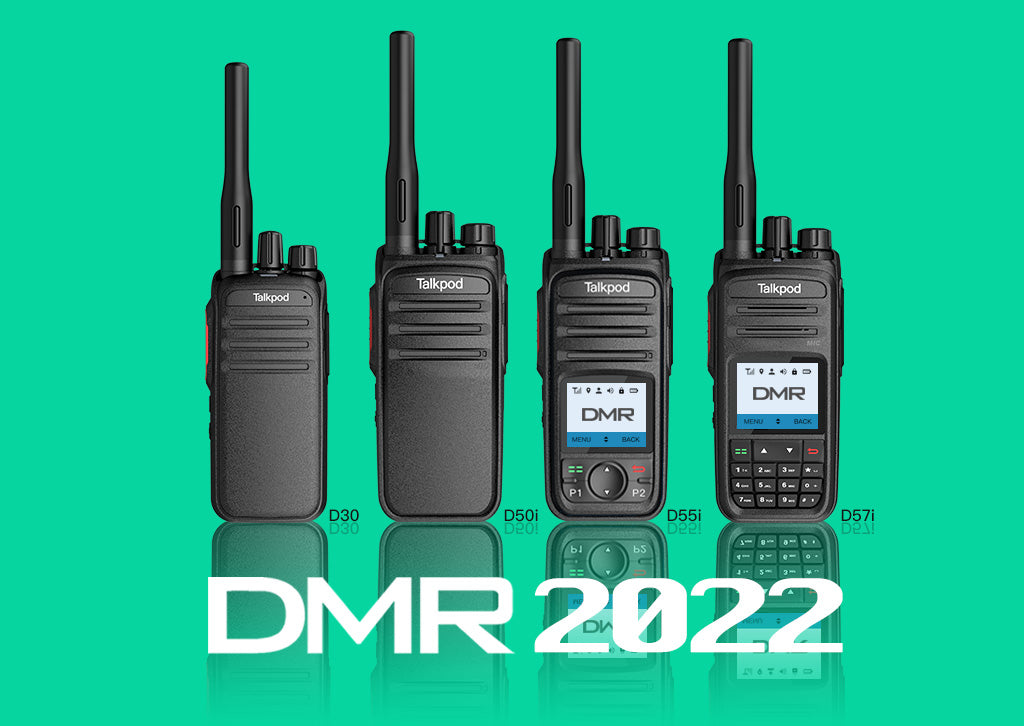


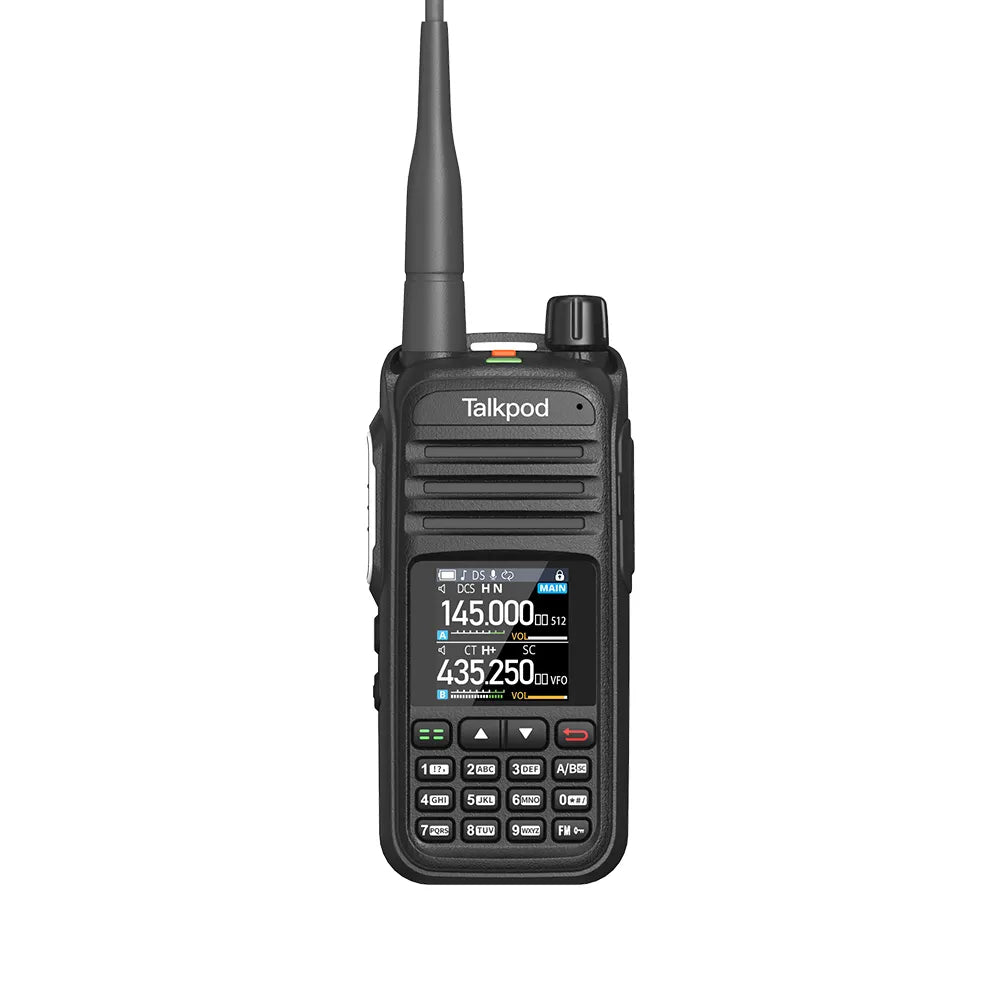
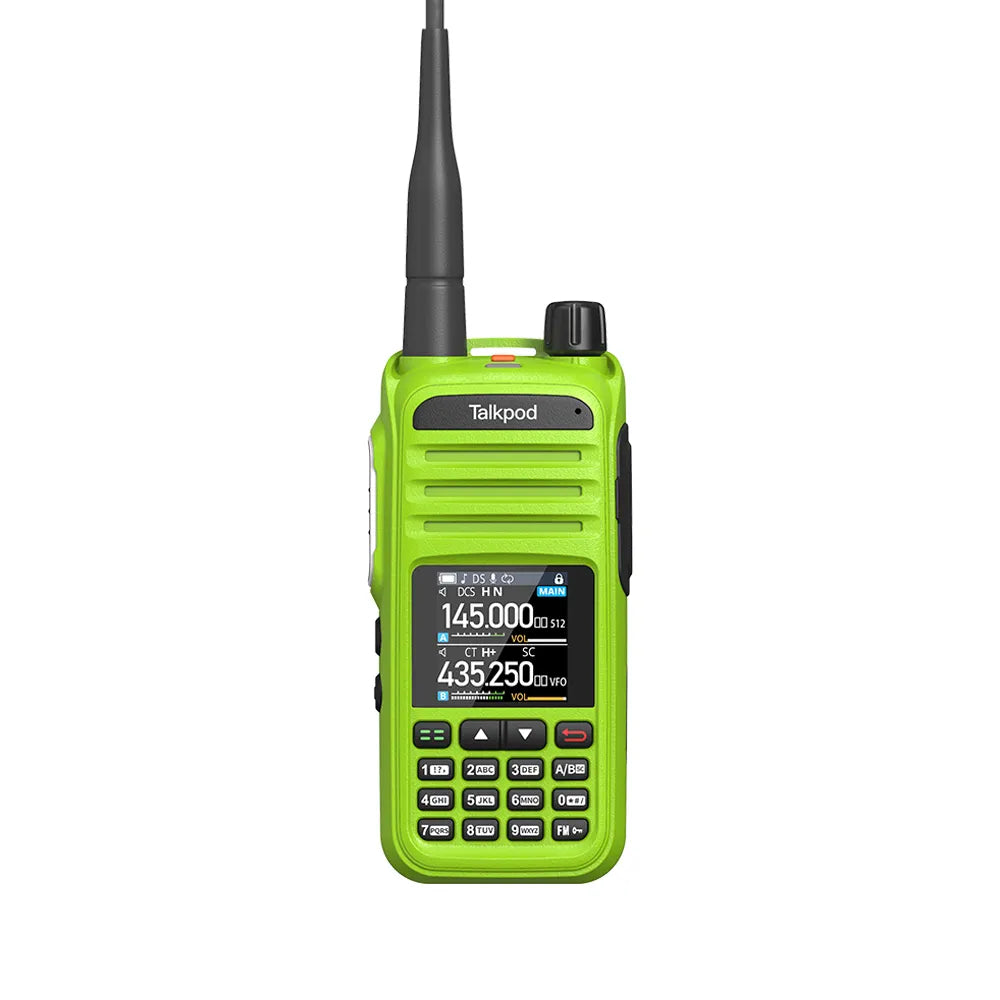

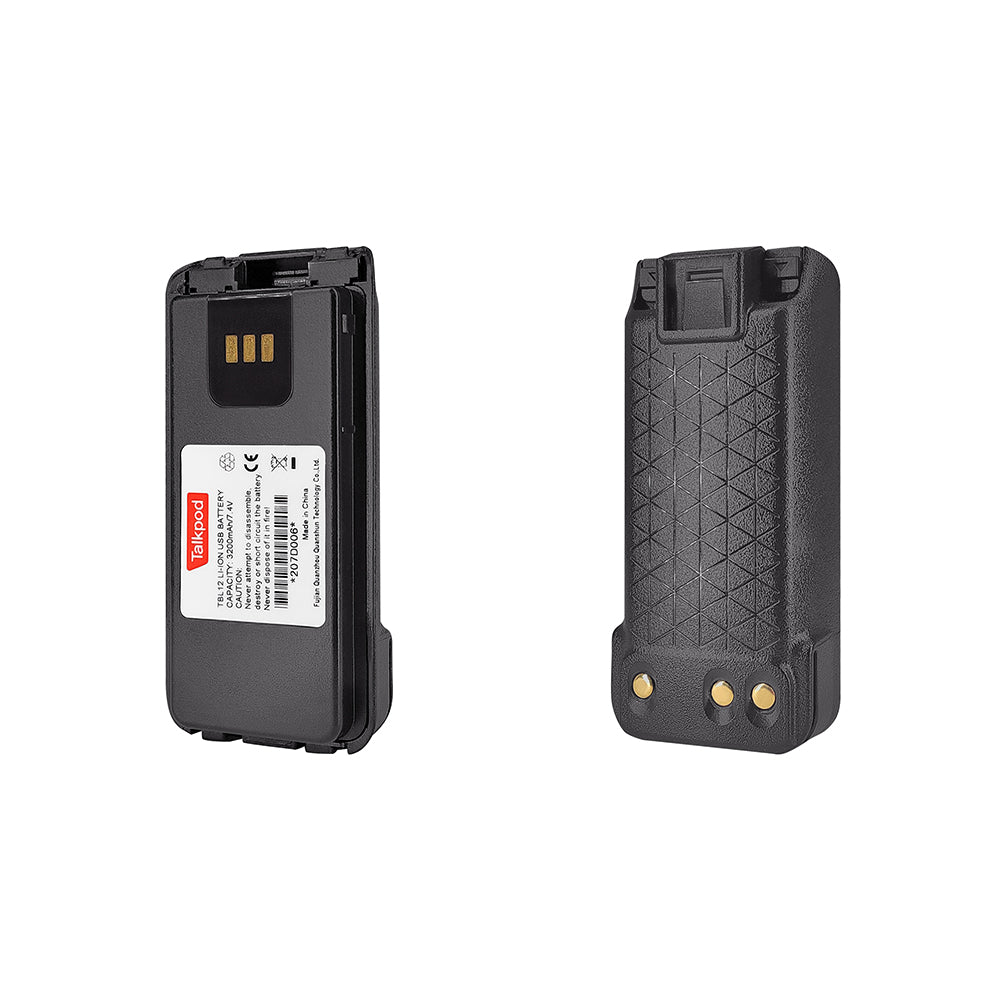
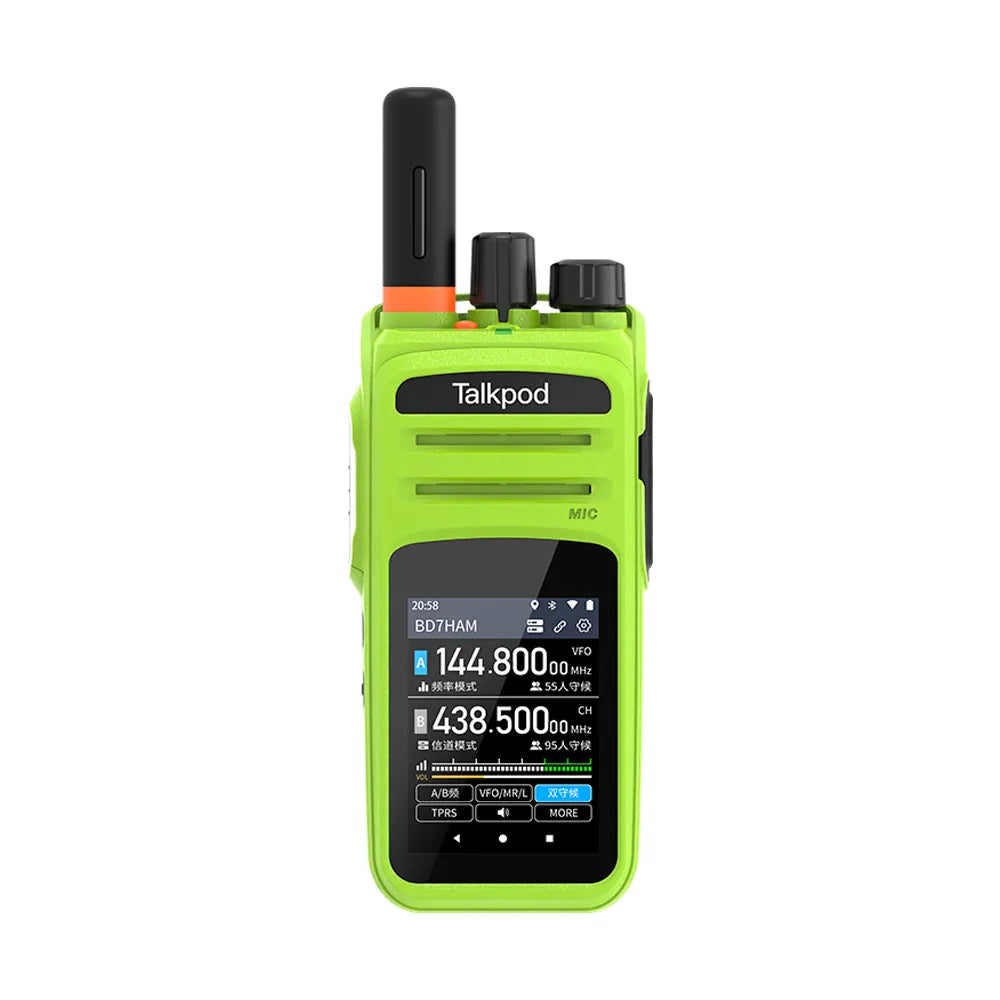
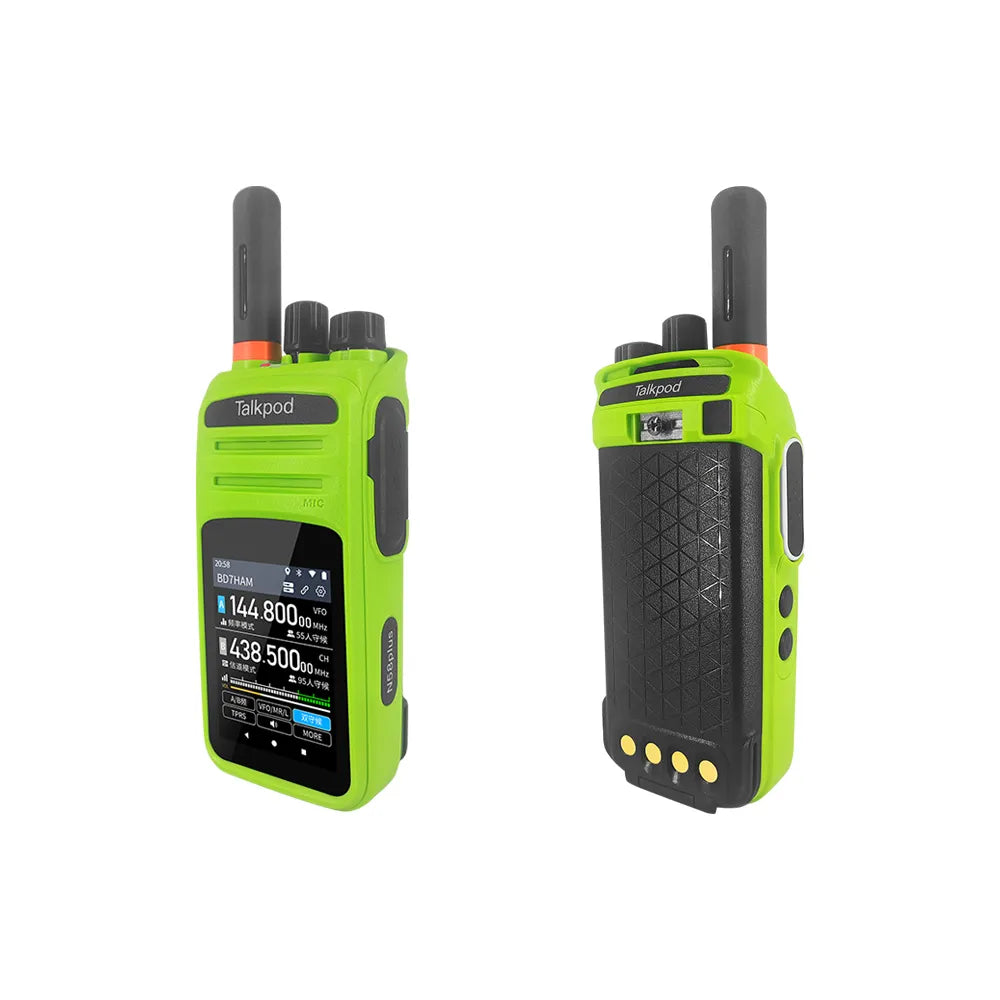
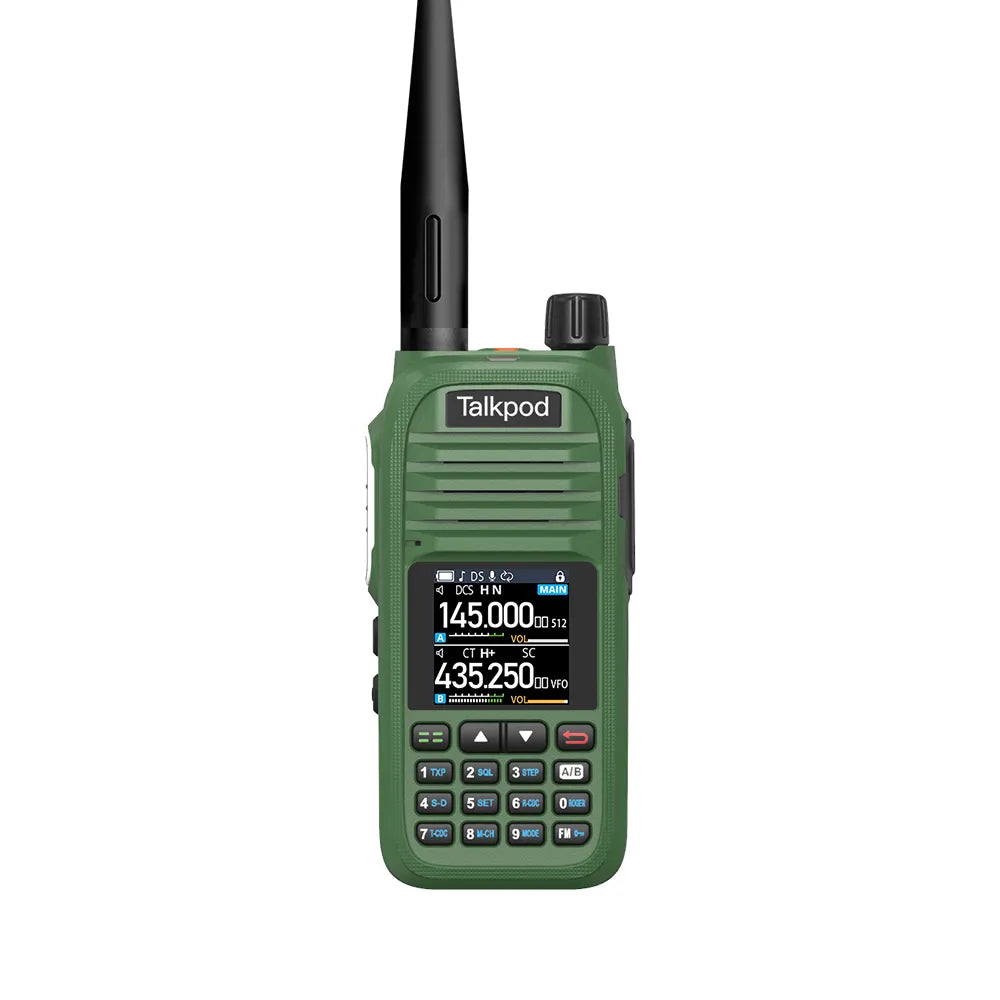
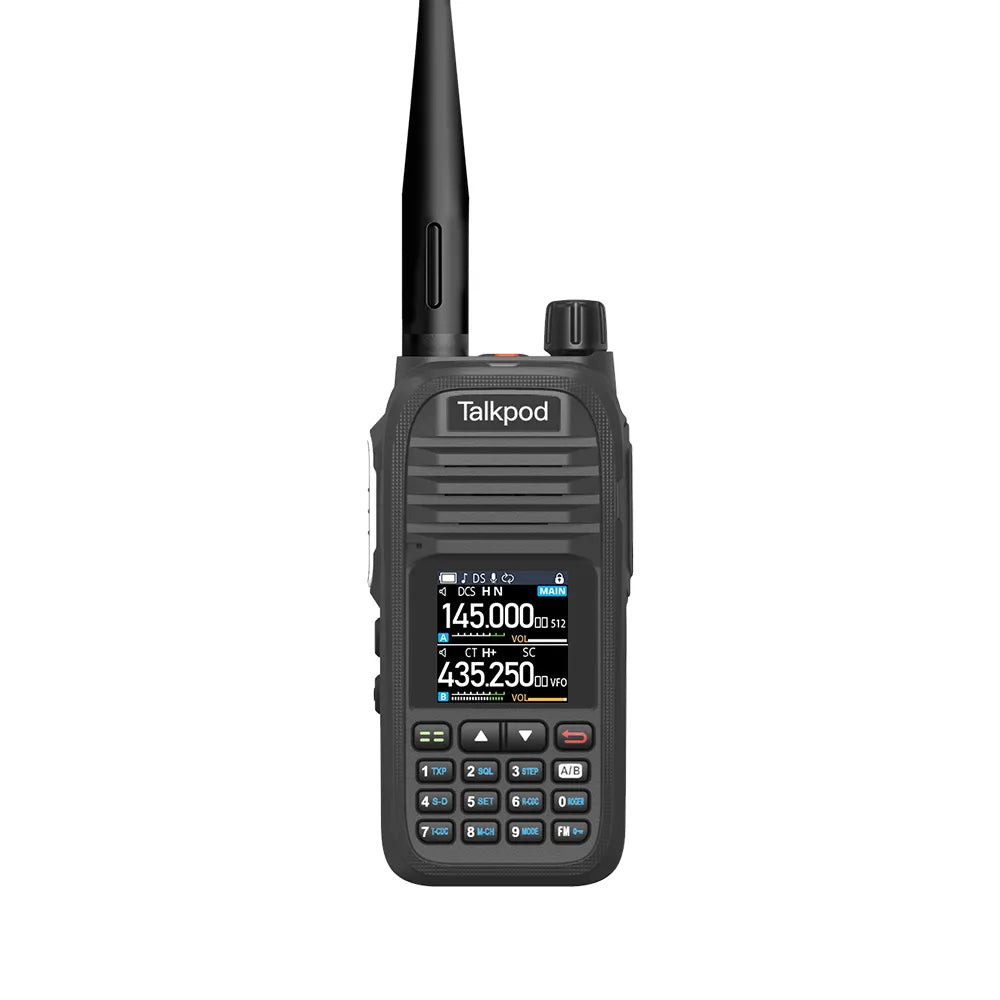
Leave a comment
All comments are moderated before being published.
This site is protected by hCaptcha and the hCaptcha Privacy Policy and Terms of Service apply.